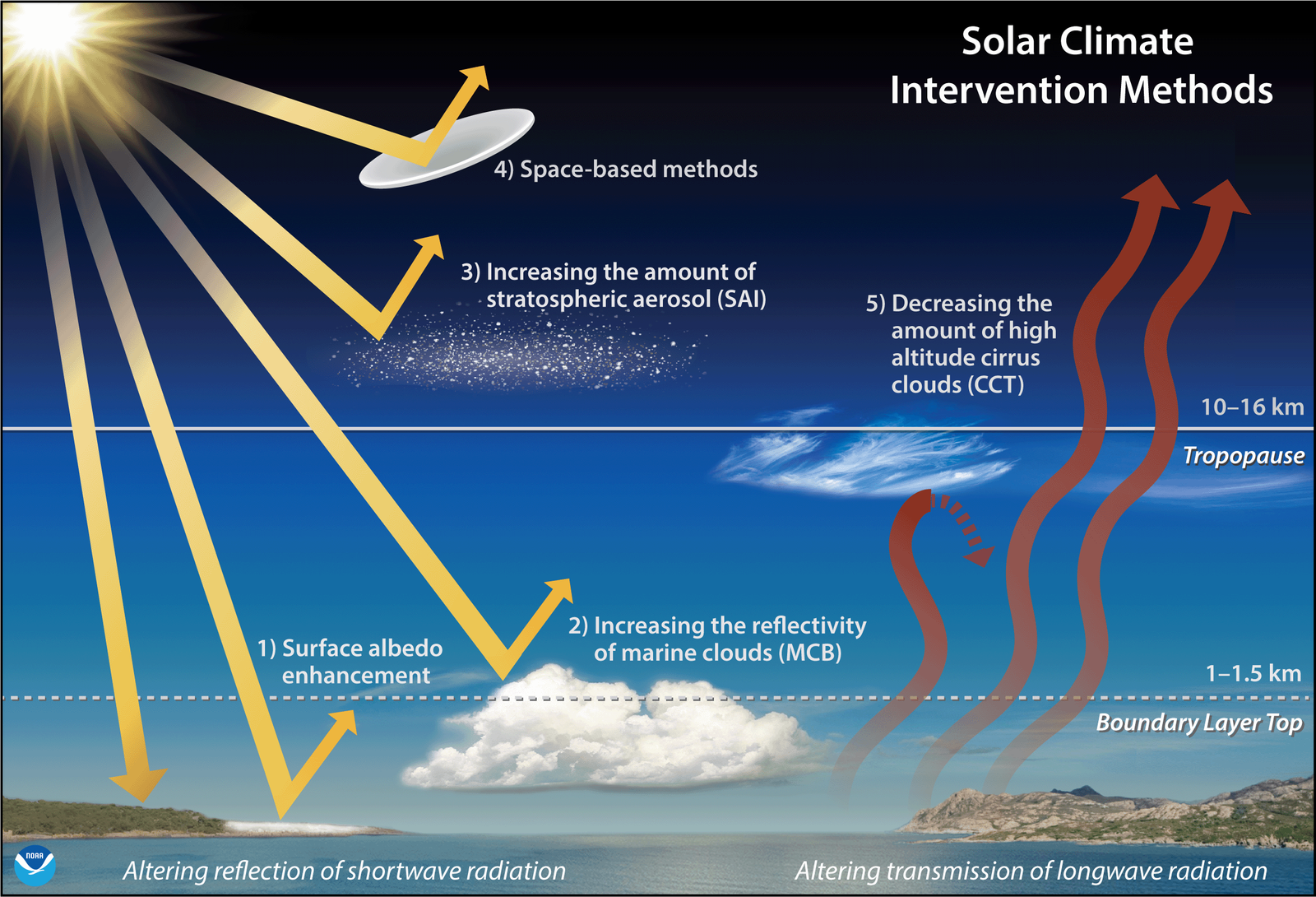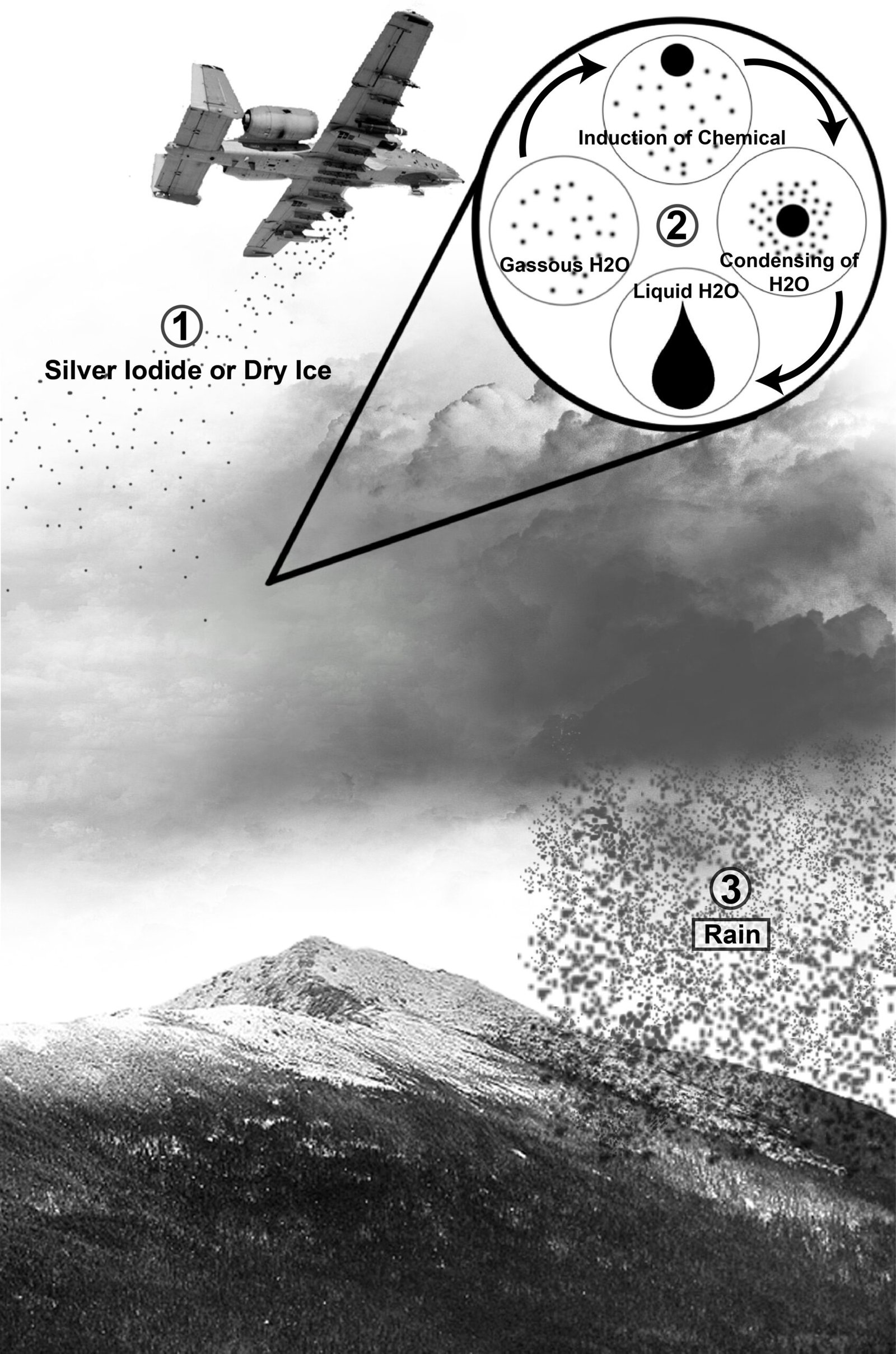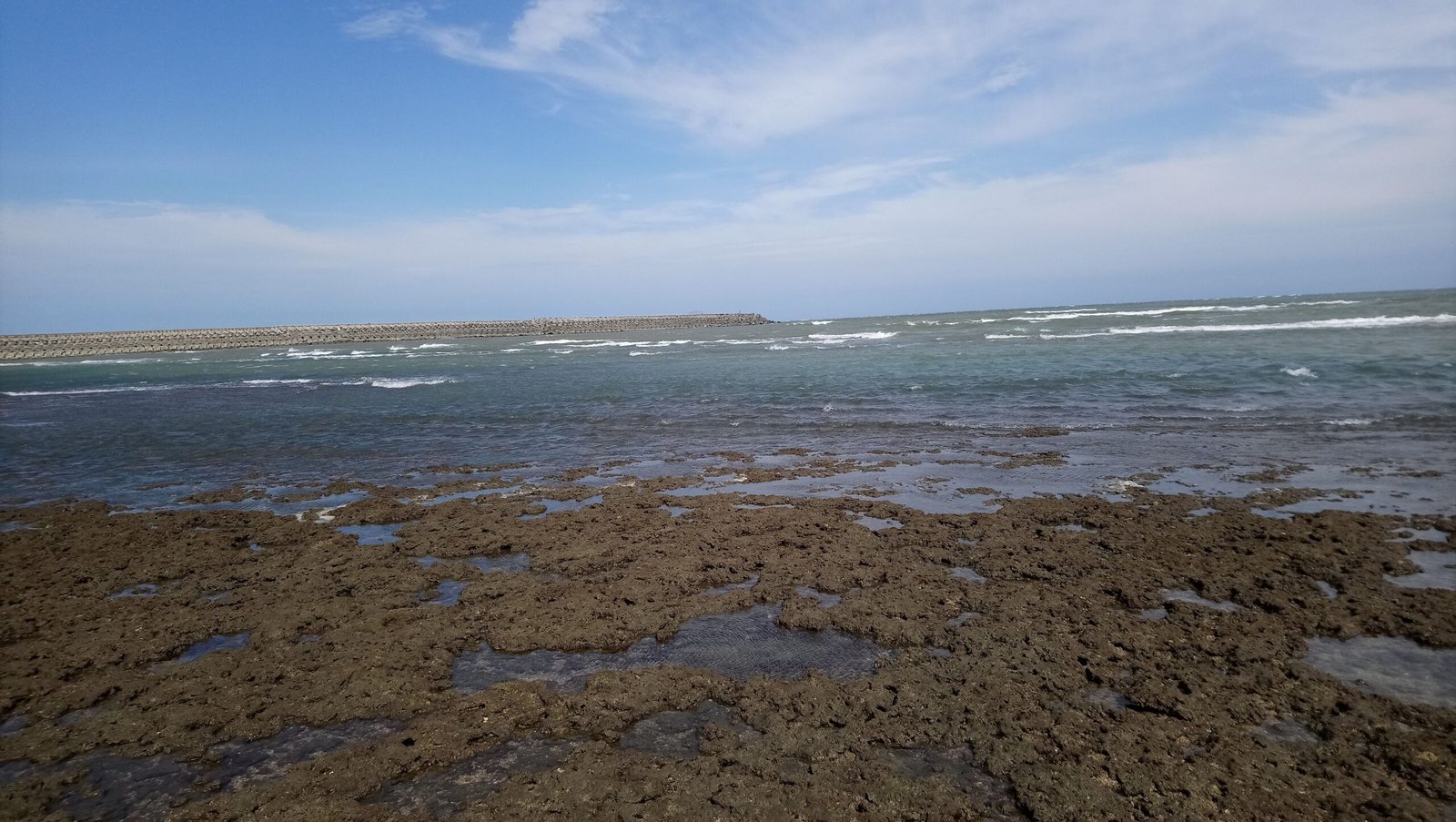Imagine gazing up at a sky where clouds aren’t just drifting by on a whim of nature, but are sculpted and steered by human hands. What if we could paint the sky with engineered clouds, using them as a shield against the planet’s rising fever? It sounds like something out of a futuristic novel, but this daring idea is quickly becoming a serious scientific conversation. As climate change tightens its grip, the question is no longer if we should tinker with the weather, but if we even can. The science of geoengineering, especially the notion of cloud engineering, is captivating, controversial, and filled with both promise and peril. Let’s take a deep dive into the world where humans play with the paintbrushes of the sky.
The Birth of Geoengineering: A Response to Climate Crisis

Geoengineering didn’t just pop up overnight. It’s an answer to a growing sense of urgency as global temperatures keep climbing. In the last few decades, scientists and policymakers have realized that traditional solutions—like cutting emissions—might not be enough. The idea of directly manipulating Earth’s systems seemed outrageous at first, but desperation has a way of making the unimaginable seem necessary. Geoengineering became a real field, attracting both wild-eyed dreamers and hard-nosed skeptics. The potential to cool the planet, slow down melting ice, and even prevent deadly heatwaves has propelled geoengineering from science fiction to scientific pursuit.
Clouds: Nature’s Climate Regulators

Clouds might look like soft, harmless puffs, but they’re powerful players in Earth’s climate orchestra. They bounce sunlight back into space, acting as a natural sunshade, and they trap heat, keeping our nights warmer than they’d otherwise be. Thin, wispy cirrus clouds let heat escape, while thick cumulus clouds reflect sunlight with impressive efficiency. The balance and type of clouds above us can mean the difference between a scorching day or a cool, overcast afternoon. Understanding these dynamics is crucial for anyone hoping to tweak the climate by engineering clouds.
The Science Behind Cloud Engineering
Cloud engineering isn’t just about making more clouds—it’s about changing their properties to manipulate sunlight and temperature. The most popular idea is “marine cloud brightening,” which involves spraying tiny salt particles into clouds over the ocean. These particles make the clouds whiter and more reflective, bouncing more sunlight away before it can warm the planet. Scientists use computer models, wind tunnels, and even ships at sea to test how effective these techniques could be. The science is complicated, and getting the balance right is like tuning a piano in a hurricane.
Marine Cloud Brightening: The Leading Technique
Marine cloud brightening has quickly become the poster child for cloud engineering. The strategy is simple in theory: take sea salt, spray it into low-lying marine clouds, and watch them get brighter. This added brightness could cool entire regions, maybe even offsetting the warming caused by greenhouse gases. Researchers are already running small-scale trials off the coast of Australia and California, using specially designed sprayers and drones. These experiments are closely watched, as the results could pave the way for larger, more ambitious projects.
Ship Tracks: Accidental Experiments in Cloud Modification
Long before anyone seriously discussed geoengineering, ships were already running accidental experiments in cloud engineering. When cargo ships chug across the ocean, their exhaust creates lines of brighter clouds called “ship tracks.” These tracks are easy to spot from space, and they reflect more sunlight than the surrounding clouds. By studying ship tracks, scientists have learned a lot about how particles affect cloud brightness. This real-world evidence helps researchers predict what might happen if we deliberately engineered clouds on a large scale.
Potential Benefits: Cooling the Planet
The biggest promise of cloud engineering is its potential to cool the Earth—quickly and dramatically. Unlike cutting carbon emissions, which takes years to make a dent, brightening clouds could lower temperatures within months. This rapid response could buy humanity critical time to transition to clean energy or adapt to changing weather. Some models suggest cloud engineering could reduce global temperatures by up to 1 degree Celsius, enough to avoid the most catastrophic impacts of global warming. If deployed thoughtfully, it could become a life-saving tool for millions.
Risks and Unintended Consequences

But every silver lining has its cloud. Engineering the sky comes with daunting risks, many of which we’re only beginning to understand. Changing cloud patterns could mess with rainfall, drought cycles, and even hurricane formation. There’s a real fear that cloud brightening could accidentally cause floods in one region and droughts in another. Scientists worry about “termination shock”—a scenario where, if we suddenly stop cloud engineering, the planet could heat up faster than ever before. The stakes are sky-high, and the margin for error is slim.
Ethical Dilemmas: Who Gets to Control the Weather?
The ethics of geoengineering are as tangled as the science. If we start changing the climate on purpose, who decides where and how it’s done? Rich countries with more resources could dominate the process, potentially leaving poorer nations to deal with the side effects. Some ethicists argue it’s wrong to tinker with nature at all, while others see it as a moral imperative to protect vulnerable communities from climate disaster. The debate is fierce, and there are no easy answers.
International Law and Political Challenges

Cloud engineering doesn’t respect borders. A project in one country’s skies could impact neighboring nations, sparking diplomatic tensions. There are currently no international treaties specifically governing geoengineering, which leaves a dangerous legal vacuum. Policymakers are scrambling to keep up, trying to figure out how to regulate these technologies before someone takes matters into their own hands. The need for cooperation and transparency has never been greater, but achieving global consensus is a monumental challenge.
Public Perception: Fear, Fascination, and Distrust
Ask ten people on the street about geoengineering, and you’ll get ten different reactions—ranging from awe to outright fear. Some envision a future where humans master the planet’s thermostat, while others worry about playing God with nature. Misinformation and conspiracy theories abound, fueled by the secrecy of some early experiments. Scientists are working hard to educate the public, hoping transparency will build trust. But winning hearts and minds may be as difficult as engineering the clouds themselves.
Technological Hurdles: Making It Work

Turning cloud engineering from theory into reality isn’t easy. The technology needed to spray particles into the sky on a massive scale is still in its infancy. Engineers are developing new types of nozzles, drones, and even autonomous ships to carry out the work. Every device must withstand harsh marine environments, unpredictable weather, and the constant threat of breakdowns. It’s a race against time to perfect the hardware before climate change outpaces our ability to respond.
Monitoring and Measuring Results
How do we know if cloud engineering is working? Scientists rely on a mix of satellites, ground sensors, and sophisticated computer models to track changes in cloud cover, temperature, and sunlight. These tools help them fine-tune their approaches and catch any problems early. But measuring success is tricky—weather and climate are notoriously chaotic, and separating the effects of engineering from natural variability takes patience and precision.
Case Studies: Early Experiments in Cloud Engineering

Several pioneering experiments have already taken place, each offering valuable lessons. In Australia, researchers used drones to spray saltwater into clouds over the Great Barrier Reef, hoping to cool the water and prevent coral bleaching. In California, similar trials aimed to test whether cloud brightening could reduce heatwaves. While results are still preliminary, these studies show that small-scale interventions are possible and can be controlled safely. They also highlight the need for more research before scaling up.
Learning from Nature: Volcanic Eruptions and Cloud Physics

Nature has been running its own geoengineering projects for millennia. When volcanoes erupt, they send sulfur particles high into the atmosphere, creating brighter clouds and cooler temperatures worldwide. The eruption of Mount Pinatubo in 1991, for example, cooled the planet by nearly half a degree Celsius for over a year. Scientists study these natural events to understand how particles interact with clouds, providing crucial insights for artificial engineering.
The Role of Computer Modeling
Computer models are the backbone of geoengineering research. These digital simulations allow scientists to test different scenarios, forecast outcomes, and identify potential dangers without touching the real world. Advanced models can predict how particles will spread, how clouds will react, and what side effects might occur. While no model is perfect, they are essential tools for designing safe and effective experiments. Every breakthrough in modeling brings us closer to understanding what’s possible—and what’s wise.
Impact on Ecosystems and Wildlife

Cloud engineering doesn’t just affect humans; it ripples through entire ecosystems. Changing sunlight and rainfall patterns can disrupt plant growth, animal migrations, and even the chemistry of lakes and rivers. Some species might thrive in cooler, cloudier conditions, while others could struggle to adapt. The complexity of nature means that even small interventions can have big, unpredictable effects. Ecologists are working alongside climate scientists to predict and minimize these impacts.
Economic Considerations and Funding
Cloud engineering projects aren’t cheap. Developing the technology, running experiments, and monitoring the results all require substantial investment. Governments, universities, and private companies are pouring money into research, hoping for breakthroughs that could pay off in avoided climate damage. There’s also a risk that cloud engineering could become a “quick fix,” distracting from the hard work of reducing emissions. Balancing short-term solutions with long-term change is a constant struggle for policymakers and funders.
Voices from Around the World
The conversation about cloud engineering is global, with passionate voices on every continent. In island nations threatened by sea-level rise, some leaders see it as a lifeline. In Europe and North America, environmental groups warn against unintended consequences. Indigenous communities remind us of the importance of respecting nature and traditional knowledge. The diversity of perspectives enriches the debate and reminds us that no single solution fits all.
The Future of Cloud Engineering

The path forward is uncertain but electrifying. As climate change accelerates, the pressure to act grows stronger. Cloud engineering may one day become a part of our climate toolkit, used alongside clean energy and conservation. Or it may remain a scientific curiosity, too risky to deploy on a large scale. What’s clear is that the stakes couldn’t be higher, and the decisions we make now will shape the sky—and our future—for generations.



